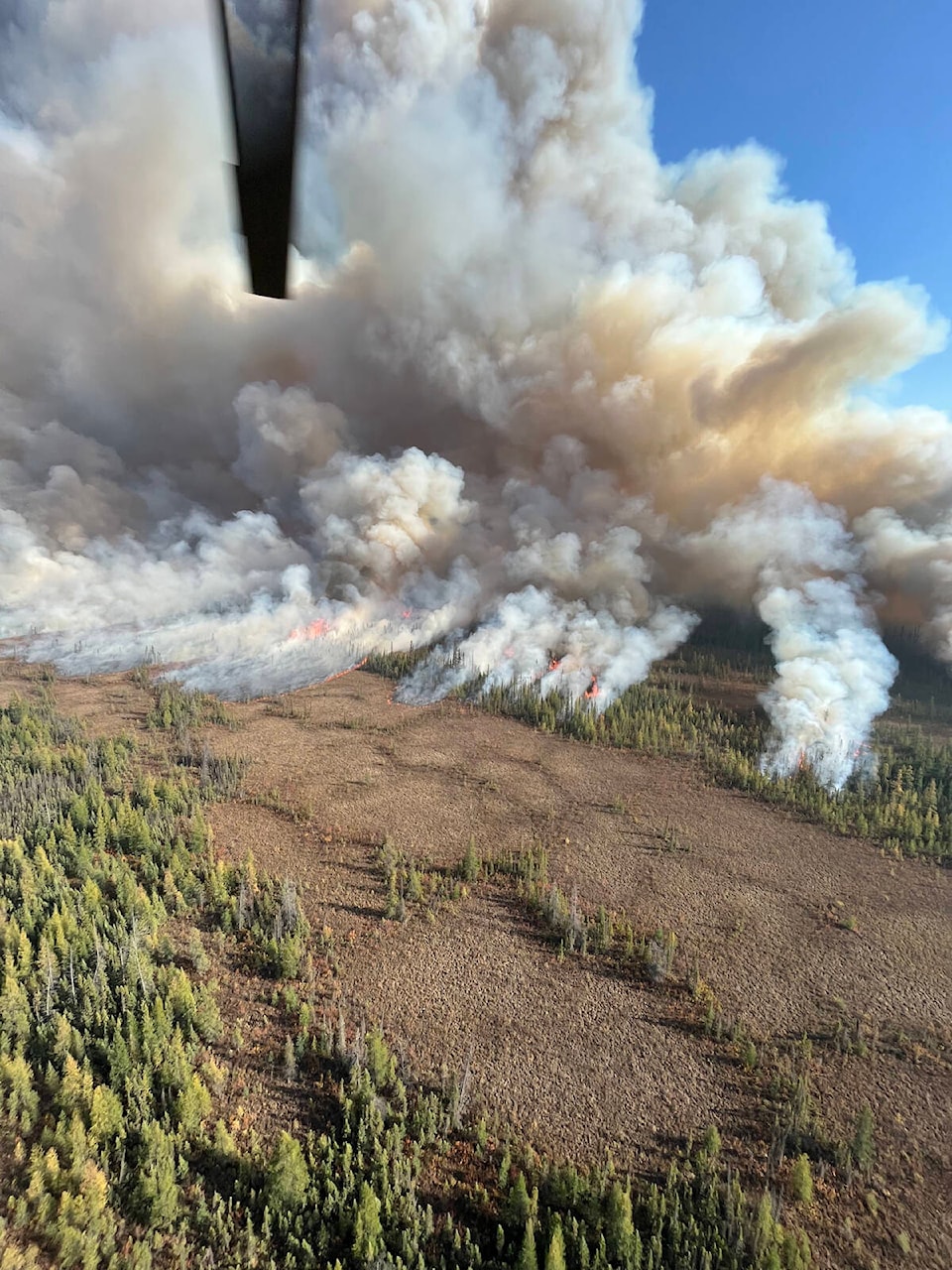A few individuals in Hay River are driving recklessly, putting firefighting crews at risk.
Hay River mayor Kandis Jameson said the areas are closed.
“There are there are a lot of men and equipment down there and trees that can fall over that kind of thing,” she said. “So yeah, I encourage people to stay away from there and be respectful.”
Hay River is currently still under evacuation order, in the middle of its re-entry plan. To date, only essential workers have been allowed back to the community.
NWT wildfire information officer Mike Westwick posted a notice in a Hay River Community Group on social media at 11:21 a.m. Sept. 14.
“We’ve received some really troubling reports from our division supervisors about reckless driving where crews are at work around the Lagoon Road and generally folks starting to get in the way of firefighting operations,” said Westwick. “As traffic increases in Town, we know you’re wanting to look at all that’s happened here. We totally get it - you’ve all seen a lot of places you care about be hit by fire and there’s a natural curiosity that comes with that as you head home after a long, stressful, second time away.
“Please - throughout the corridor, drive safely, drive slower than you normally would, and give firefighters and heavy equipment the space and consideration to do the important work still ahead to keep this place safe. There’s firefighters active all throughout and we need them to be safe while they’re doing that work. “
Westwick said during a press conference that there had been one incident of a drone flying over a fire, which forced all aircraft to stay on the ground.
Forecast rains did not happen as predicted, but Westwick said the GNWT has made great strides in securing the community.
He said winds were expected to gust up to 40 kilometres an hour over the next few days.
“We’re continuing to bolster this defense would have by working with heavy equipment to dig up forest fuel at the edge of that ignition line,” said Westwick. “You’re returning to a community where you’ll be living with fire in a much more intimate way that we’re usually used to in the boreal forest. When you do return, we remind you to stay alert. There’s a lot of hazards that come from wildfires.
“If you’re behind the vehicle, you’re driving something that can hurt folks and when you’re driving it quickly and you are around folks who are working you’re putting those workers at risk.”
